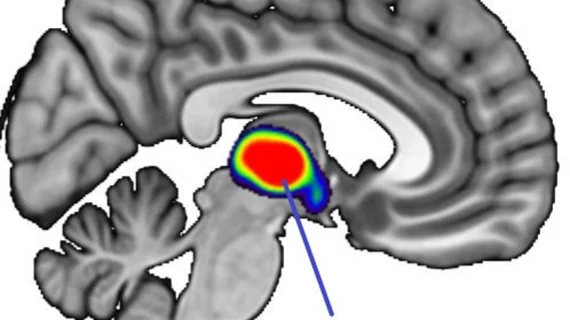Brain scans reveal single doses of nicotine inhibiting estrogen production in women
One dose of nicotine from a single cigarette was recently revealed to impact the production of estrogen in females, according to new imaging data discussed at the 35th Congress of the European College of Neuropsychopharmacology currently being held in Vienna.
On MRI and PET brain scans, women who were exposed to a small dose of nicotine showed altered activity in the thalamus region of the brain. Specifically, these women displayed reduced quantities of an enzyme called aromatase—the enzyme responsible for estrogen production.
“This is a newly-discovered effect, and it’s still preliminary work,” the study’s lead researcher Erika Comasco, associate professor at Uppsala University in Sweden and colleagues shared. “We’re still not sure what the behavioral or cognitive outcomes are; only that nicotine acts on this area of the brain, however we note that the affected brain system is a target for addictive drugs, such as nicotine.”
The study was small, consisting of just 10 healthy female volunteers. Each woman was given a commercially available nicotine dose intranasally while also being injected with a radiotracer attached to a molecule that binds to the enzyme aromatase. The women then underwent both MRI and PET imaging of their brains.
The scans revealed a moderate reduction of aromatase in the thalamus. Experts involved in the study suggested that, although the study’s sample size was small, its results warrant additional research into whether nicotine’s impact on estrogen production might also explain behavioral differences in women who smoke, especially in terms of smoking cessation.
“Women seem to be more resistant to nicotine replacement therapy, they experience more relapses, show greater vulnerability for heritability of smoking, and are at greater risk of developing primary smoking-related illnesses, such as lung cancer and heart attacks. We need now to understand if this action of nicotine on the hormonal system is involved in any of these reactions,” Comasco explained, adding that a larger sample is needed to confirm the findings.
To learn more, click here.

